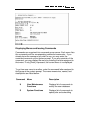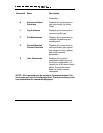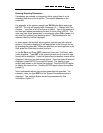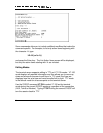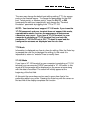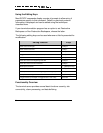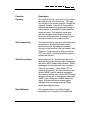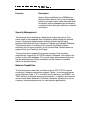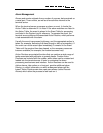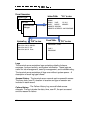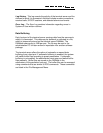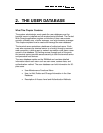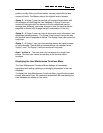
11
Alarm Management
Alarms and events originate from a number of sources: data received on
a serial port, Timer events, as well as other activities internal to the
terminal server.
When the terminal server processes an alarm or event, it checks the
Action Table to determine if it is listed. If the alarm matches one listed in
the Action Table, the event is placed in the Event Table for processing
and listed in the System Log for reference. To process the event, the
terminal server performs the associated Action Routine, which performs
a task associated with the alarm.
Usually the event is processed right away, and the appropriate action is
taken (for example, delivering the alarm through a dial-up connection). If
the event can not be acted upon immediately, it remains in the Event
Table until the required time has elapsed, or the necessary resources
become available (for example, the modem becomes free).
Action Routines are scripted functions that can perform a wide range of
tasks associated with particular or general alarms. Certain Action
Routines are included with the system, while others can be created and
loaded into the terminal server in order to customize the alarm
processing mechanisms and interface. Action Routines can be used to
deliver alarms, take action on a host port, provide additional alarm
filtering, or collect information on which subsequent alarms will be
based. Action Routines can also create new alarms (called Pseudo
Alarms) which allow the process to feed back on it.



